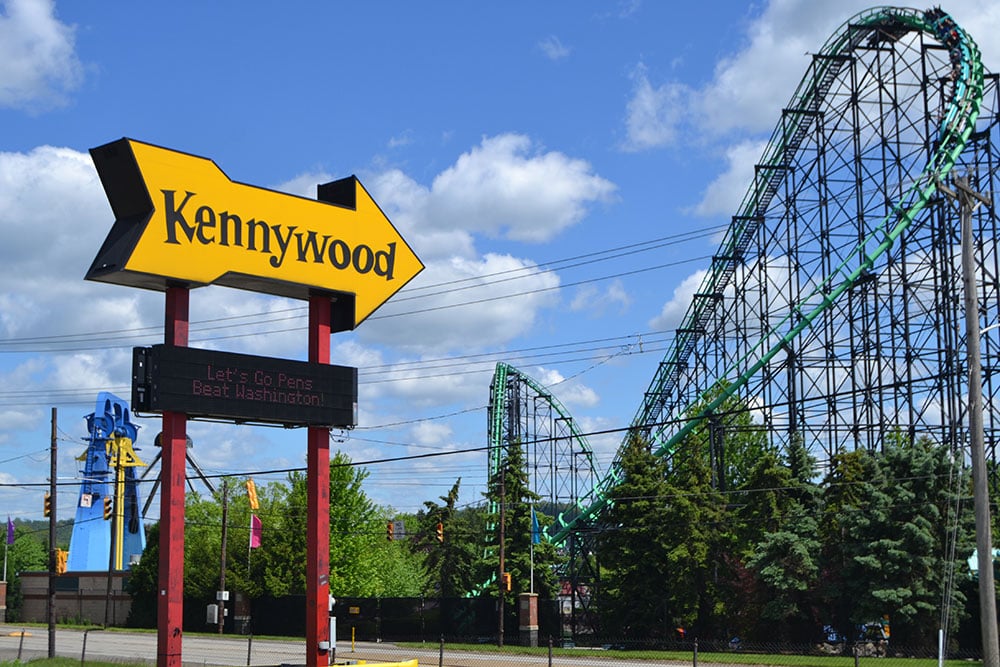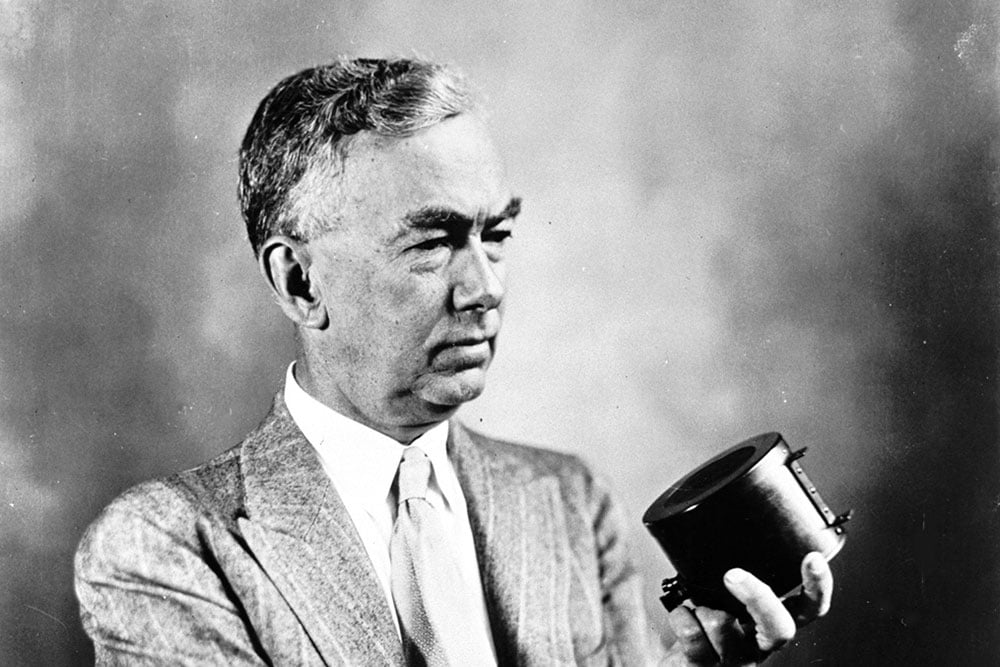Here’s How To View The Green Comet Around Pittsburgh
The extremely rare ‘cosmic snowball’ — which last passed by Earth during the Ice Age — will be reaching its closest point here between Feb. 1 and 2.
Last seen by Neanderthals and woolly mammoths, the green comet last passed by Earth 50,000 years ago. Now, under the right viewing conditions, the comet will again be visible as it makes its closest pass by Earth.
Comet C/ 2022 E3 (ZTF) — its government name — is famous for its green hue and has noticeably been making tracks toward Earth since it was discovered last March. According to NASA, comets are cosmic snowballs of frozen gases, rock, and dust that orbit the sun. When frozen, they can be the size of a small town.
The comet will be at its closest point (still a safe 26 million miles away) between Feb. 1-2. For those in the Northern Hemisphere, the brilliant green satellite can best be observed in the early hours of the morning.
So where can you see it around the Pittsburgh area?
Pittsburgh has a lot to offer stargazers, although the often cloudy, gray skies and bright city lights can be obstacles. Daniel Horenstein, the manager of the Buhl Planetarium and Observatory at the Carnegie Science Center, has a few suggestions.
The key to a successful sighting, he says, is to bring binoculars or a telescope if you can and make sure you know where to look. He recommends downloading a stargazing app to track the comet as it moves. Apps such as Stellarium, Star Tracker or Skyfari can pinpoint the phenomena.
“There is certainly a chance [you will see the comet], particularly if you’re not Downtown,” Horenstein says. “The farther away you go from the city lights, the better you’ll be able to see everything in the night sky, not just the comet.”
So with that, put on your boots and get out there. No matter how cold it may be or how far you may have to drive, it’s no worse than the 2.6 trillion miles through the cold vacuum of space that the green comet has voyaged. Here are the best locations in and around Pittsburgh to catch a view of the green comet as it passes Earth.
Observatory Hill
Observatory Hill in Riverview Park is the site of the University of Pittsburgh’s observatory and arguably the best local spot for stargazing. Once you arrive, look for the observatory on the clear-cut hill and get hiking.
Although the observatory is closed for the winter, bring blankets, hot chocolate and maybe a rabbit’s foot for good luck to hang out on the grounds. Even if you don’t see the comet, you will still be treated to views of the Veterans Bridge and a starry vista of Downtown’s lights.
Ohiopyle State Park
Known for some of the best whitewater rafting in the area, Ohiopyle State Park also boasts skies with low-light pollution. Roughly a 1½-hour drive from Downtown in Fayette County, the park is a breezy(ish) drive if you want to catch a sighting of the comet.
Arrive early in the day to indulge in a wealth of hiking trails and some of the winter activities along the Youghiogheny River and deep into the forest. Arrive very early in the day and indulge in all that’s listed on the website: whitewater rafting, fishing, hunting, biking, horse riding, rock climbing, sledding, skiing and snowmobiling. Just try not to tire yourself out before sundown!
Stay the night in a rustic log cabin or a yurt, or reserve a camp site if you’re willing to brave the cold.
Raystown Lake
Go stargazing at night and sea monster hunting during the day at Raystown Lake. As legend has it, the Huntingdon County lake is home to Pennsylvania’s own Loch Ness monster, Raystown Ray. Now admittedly, Ray is a rarer sight than the comet, but you can only get so lucky.
Raystown Lake is a premier stargazing location in Pennsylvania as well as in the country. The clear lake and the thousands of forested acres gives visitors a kaleidoscopic view of the night sky. Spend the night in one of the many cozy bed and breakfasts that surround the lake and watch the comet from your porch.
Cherry Springs State Park
This is the créme de la créme location to see the Milky Way if you’re willing to take a 3½-hour drive each way. An international dark sky park and one of the darkest spots on the Eastern Seaboard, Cherry Springs in Potter County, is void of all light pollution, with some parts of the park banning white light entirely — even flashlights.
The park is dark enough for the Milky Way to cast a visible shadow and occasionally to see the northern lights in the winter; the green comet, as spectacular as it is, will just be another gem in a sky full of jewels.
Though the park’s campgrounds are closed until April, the overnight astronomy fields are open year-round. Pull a caffeine-addled all-nighter or stay in a hotel in one of the not-so-nearby towns, but just know it may be worth it to see the sky as it was during the Ice Age.














